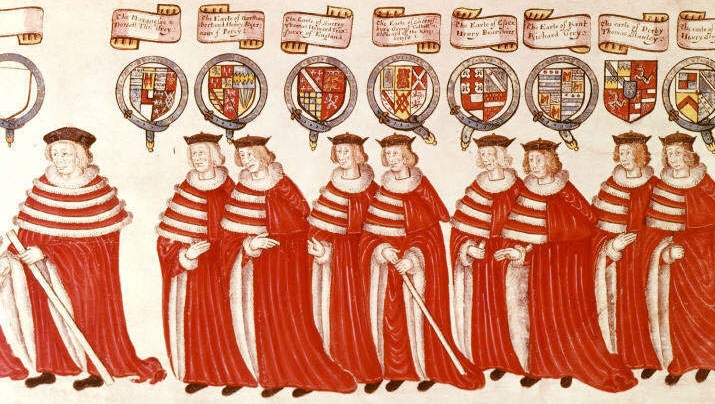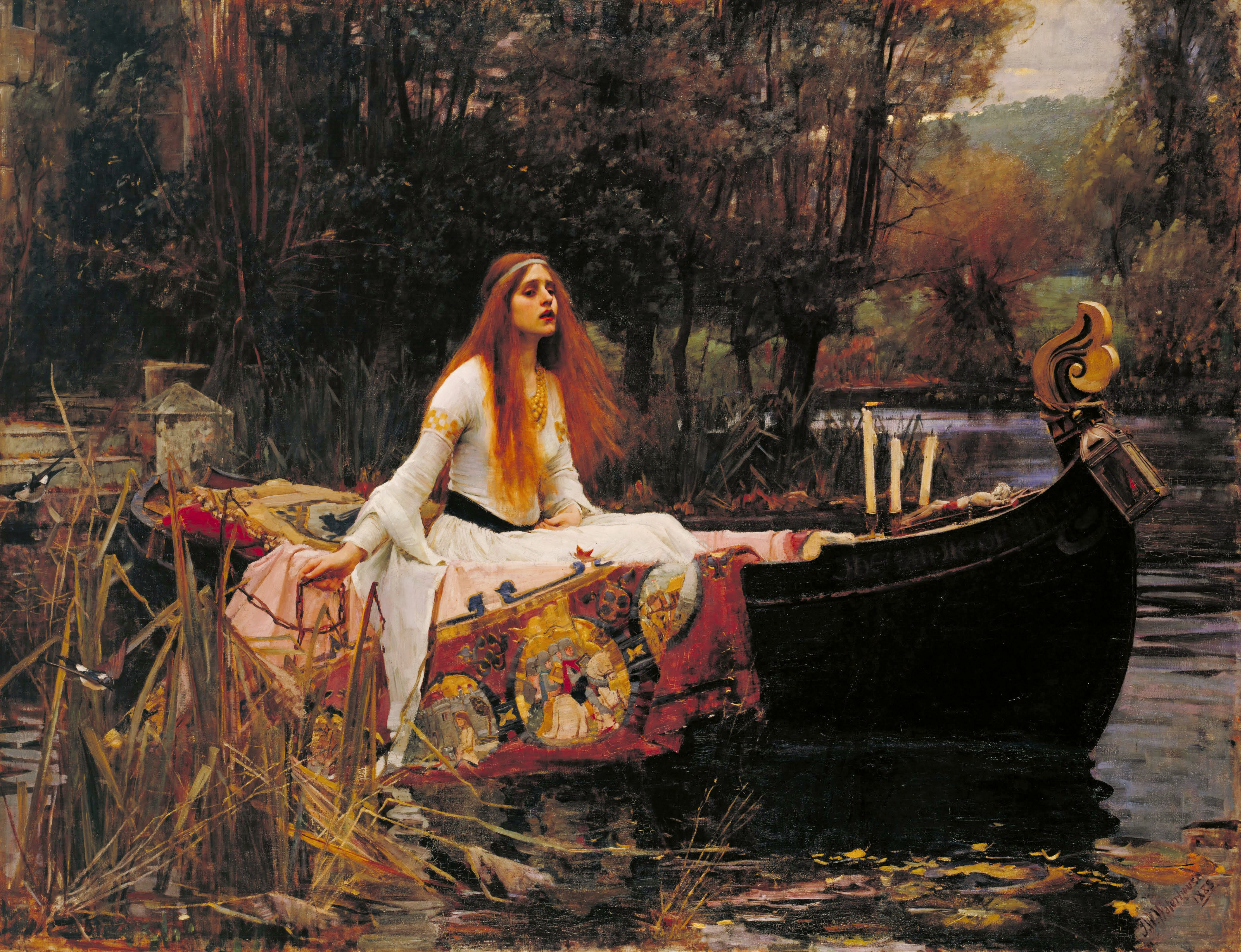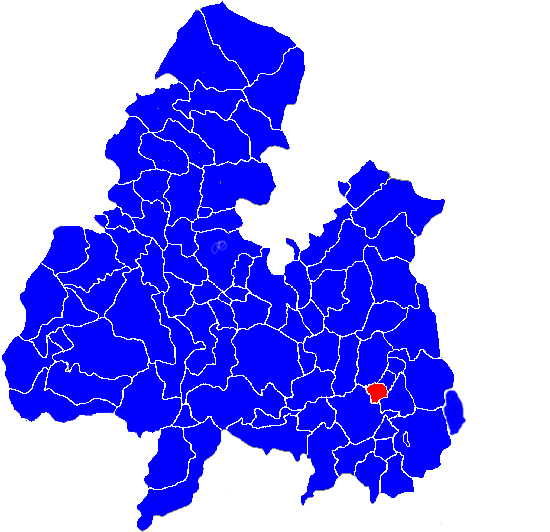|
Rahelty (electoral Division)
Rahealty, or Rahelty, is an electoral division in County Tipperary in Ireland. It was originally created as an electoral division in the Thurles poor law union Thurles Poor Law Union, was an Irish Poor law union officially declared on 28 March 1839. It covered an area of , mostly in North Tipperary but also including some of South Tipperary. Although the boundaries of some poor law unions changed d ... in North Tipperary. Although the poor law unions have long been abolished, this electoral division, although with boundaries that have been modified over the years, is still used for various administrative purposes. Ratepayers, Tenants and Landlords In 1842, the landlords in this electoral district included the Earl of Orkney, Earl of Milton and Lady Lovett. Relationship to the civil parish At the time of the 1911 and 2011 censuses, the electoral division contained nineteen townlands. Among these were ten townlands of the eighteen that belong to the civil paris ... [...More Info...] [...Related Items...] OR: [Wikipedia] [Google] [Baidu] |
County Tipperary
County Tipperary ( ga, Contae Thiobraid Árann) is a Counties of Ireland, county in Republic of Ireland, Ireland. It is in the Provinces of Ireland, province of Munster and the Southern Region, Ireland, Southern Region. The county is named after the town of Tipperary (town), Tipperary, and was established in the early 13th century, shortly after the Norman invasion of Ireland. It is Ireland's largest inland county and shares a border with 8 counties, more than any other. The population of the county was 159,553 at the 2016 census. The largest towns are Clonmel, Nenagh and Thurles. Tipperary County Council is the local government in the Republic of Ireland, local authority for the county. In 1838, County Tipperary was divided into two Riding (country subdivision), ridings, North Tipperary, North and South Tipperary, South. From 1899 until 2014, they had their own county councils. They were unified under the Local Government Reform Act 2014, which came into effect following the 20 ... [...More Info...] [...Related Items...] OR: [Wikipedia] [Google] [Baidu] |
Thurles (poor Law Union)
Thurles Poor Law Union, was an Irish Poor law union officially declared on 28 March 1839. It covered an area of , mostly in North Tipperary but also including some of South Tipperary. Although the boundaries of some poor law unions changed during the course of the 19th century, the Thurles union seems to have retained its original boundaries. There were 41 members of its Board of Guardians (which met on Tuesday each week), of which 10 were ''ex officio'' and 31 were elected to represent the 21 electoral divisions in the union. These divisions, each, unless otherwise specified below, electing one member of the board, were as follows: * Ballycahill *Ballymoreen *Buolick (or Boolick or Baolick) – electing 2 guardians * Burris (Borrisleigh or Twomileborris) * Burrisoleigh (or Borrisoleigh) – electing 3 guardians * Drom *Fermor *Holycross *Inch * Kilcooly *East Loughmore *West Loughmore * Moyaliffe (or Mealiffe) – electing 2 guardians *Moycarkey * Moyne * Rahealty * Temp ... [...More Info...] [...Related Items...] OR: [Wikipedia] [Google] [Baidu] |
Earl Of Orkney
Earl of Orkney, historically Jarl of Orkney, is a title of nobility encompassing the archipelagoes of Orkney and Shetland, which comprise the Northern Isles of Scotland. Originally Scandinavian Scotland, founded by Norse invaders, the status of the rulers of the Northern Isles as Norway, Norwegian vassals was formalised in 1195. Although the Old Norse term ''jarl'' is etymologically related to "earl", and the jarls were succeeded by earls in the late 15th century, a Norwegian ''jarl'' is not the same thing. In the Norse context the distinction between jarls and kings did not become significant until the late 11th century and the early jarls would therefore have had considerable independence of action until that time. The position of Jarl of Orkney was eventually the most senior rank in medieval Norway except for the king himself. The jarls were periodically subject to the kings of Kingdom of Alba, Alba for those parts of their territory in what is now mainland Scotland (i.e. Cait ... [...More Info...] [...Related Items...] OR: [Wikipedia] [Google] [Baidu] |
Earl Of Milton
Earl () is a rank of the nobility in the United Kingdom. The title originates in the Old English word ''eorl'', meaning "a man of noble birth or rank". The word is cognate with the Scandinavian form '' jarl'', and meant " chieftain", particularly a chieftain set to rule a territory in a king's stead. After the Norman Conquest, it became the equivalent of the continental count (in England in the earlier period, it was more akin to a duke; in Scotland, it assimilated the concept of mormaer). Alternative names for the rank equivalent to "earl" or "count" in the nobility structure are used in other countries, such as the ''hakushaku'' (伯爵) of the post-restoration Japanese Imperial era. In modern Britain, an earl is a member of the peerage, ranking below a marquess and above a viscount. A feminine form of ''earl'' never developed; instead, ''countess'' is used. Etymology The term ''earl'' has been compared to the name of the Heruli, and to runic ''erilaz''. Proto-N ... [...More Info...] [...Related Items...] OR: [Wikipedia] [Google] [Baidu] |
Lady Lovett
The word ''lady'' is a term for a girl or woman, with various connotations. Once used to describe only women of a high social class or status, the equivalent of lord, now it may refer to any adult woman, as gentleman can be used for men. Informal use is sometimes euphemistic ("lady of the night" for prostitute) or, in American slang, condescending in direct address (equivalent to "mister" or "man"). "Lady" is also a formal title in the United Kingdom. "Lady" is used before the family name of a woman with a title of nobility or honorary title '' suo jure'' (in her own right), or the wife of a lord, a baronet, Scottish feudal baron, laird, or a knight, and also before the first name of the daughter of a duke, marquess, or earl. Etymology The word comes from Old English '; the first part of the word is a mutated form of ', "loaf, bread", also seen in the corresponding ', "lord". The second part is usually taken to be from the root ''dig-'', "to knead", seen also in ... [...More Info...] [...Related Items...] OR: [Wikipedia] [Google] [Baidu] |
Rahelty (civil Parish)
Rahelty, sometimes written Rahealty, is a civil parish in County Tipperary, Ireland. It is one of 21 civil parishes in the historical barony Barony may refer to: * Barony, the peerage, office of, or territory held by a baron * Barony, the title and land held in fealty by a feudal baron * Barony (county division), a type of administrative or geographical division in parts of the British ... of Eliogarty. It contains eighteen townlands: *Archerstown *Athlummon *Cassestown *Coolaculla *Corbally *Drish *Garranroe *Knockanacunna *Knockroe *Kyle *Lisduff *Loughbeg *Piercetown * Rahelty *Rathcriddoge * Rathmanna *Shanballyduff *Townagha The lands of the civil parish are divided into two disjoint areas by a strip of Thurles civil parish which stretches eastward to meet Borrisleigh civil parish. The, larger, northern area of Rahelty contains these ten townlands: Athlummon, Cassestown, Coolaculla, Garranroe, Knockanacunna, Lisduff, Piercetown, Rahelty, Rathcriddoge and Sh ... [...More Info...] [...Related Items...] OR: [Wikipedia] [Google] [Baidu] |
Rahelty (townland)
Rahelty, sometimes written Rahealty, is a townland in the civil parish of the same name in County Tipperary, Ireland. References Townlands of County Tipperary {{Tipperary-geo-stub ... [...More Info...] [...Related Items...] OR: [Wikipedia] [Google] [Baidu] |
Athnid
Athnid ( Irish ''Áth Nid'', "ford of the nest"), some times written Adnith, or Athnett, is a civil parish in the barony of Eliogarty in County Tipperary. It is divided into two townlands: Athnid More (containing a little more than 638 acres)) and Athnid Beg (containing a little more than 216 acres). Writing in 1837, Lewis said that the parish had 253 inhabitants. Church of Ireland parish Like all civil parishes, this civil parish is derived from, and co-extensive with a pre-existing Church of Ireland parish of the same name. The lands of Athnid parish were owned by the Cistercian Abbey of Woney in County Limerick. The lands of the parish were mentioned in rent returns for 1303. Lewis said that the vicarage of Athnid was "partly united, by act of council, in 1682" to the living of the Church of Ireland parish of Thurles.Samuel LewisA Topographical Dictionary of Ireland (1837), page 623 See also *List of civil parishes of Tipperary Civil parishes in Ireland are based o ... [...More Info...] [...Related Items...] OR: [Wikipedia] [Google] [Baidu] |
Shyane
Shyane ( ga, An Sián meaning a Fairy fort, fairy mound) is a Civil parishes in Ireland, civil parish in County Tipperary, Republic of Ireland, Ireland. It is one of 21 civil parishes in the historical Barony (Ireland), barony of Eliogarty. It is divided into three townlands: Clobanna (containing a little over 243 acres), Rossestown (a little over 587 acres) and Coolgarrane (a little over 77 acres). Church of Ireland parish Like all civil parishes, this civil parish is derived from, and co-extensive with a pre-existing Church of Ireland parish of the same name. (However, the Ecclesiastical Annals for the Church of Ireland diocese of Cashel say that the parish was sometimes called Templeshyane). The first Ordnance Survey map of the area shows a graveyard and the ruins of Templeshyane church in the north-eastern corner of Clobanna townland, with one parcel of glebe land surrounding them and another parcel of glebe land in the southern part of the townland. An article in volum ... [...More Info...] [...Related Items...] OR: [Wikipedia] [Google] [Baidu] |
Thurles (civil Parish)
Thurles is a civil parish in the barony of Eliogarty in County Tipperary. Church of Ireland parish Like all civil parishes in Ireland, this civil parish is derived from, and co-extensive with, a pre-existing parish of the Church of Ireland. Townlands The parish is divided into 46 townlands, However, the map on this web page is a little inaccurate, because it shows the wrong townland of Turtulla as belonging to the parish - there are actually two neighbouring townlands of this name, one in Thurles civil parish and one which belongs to Fe ... [...More Info...] [...Related Items...] OR: [Wikipedia] [Google] [Baidu] |
Borrisleigh
Two-Mile Borris (also written Twomileborris or Two Mile Borris; and locally Borris or TMB) is a village in County Tipperary, Ireland. The village is located on the L4202 road at the junction with the Ballyduff Road, close to the N75 and from Thurles town centre. It is also situated 1 mile from junction 5 of the M8 motorway. Its population was 572 as of the 2016 census, up from 502 in 2006. It is situated in the townland of Borris which is part of the civil parish of Twomileborris in the ancient barony of Eliogarty. - Twomileborris civil parish History In the 1830s, the village was the property of Hugh Nuge ...[...More Info...] [...Related Items...] OR: [Wikipedia] [Google] [Baidu] |










